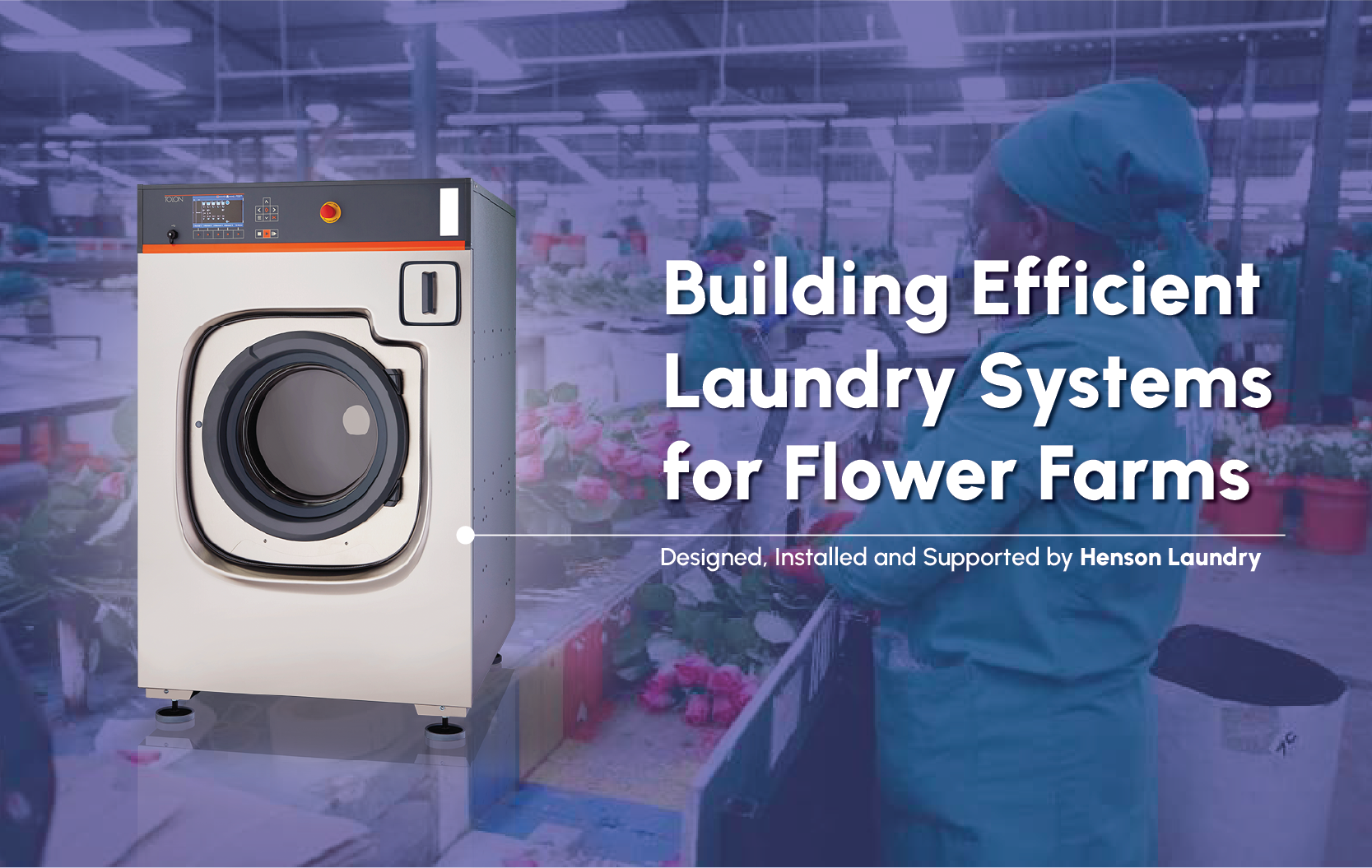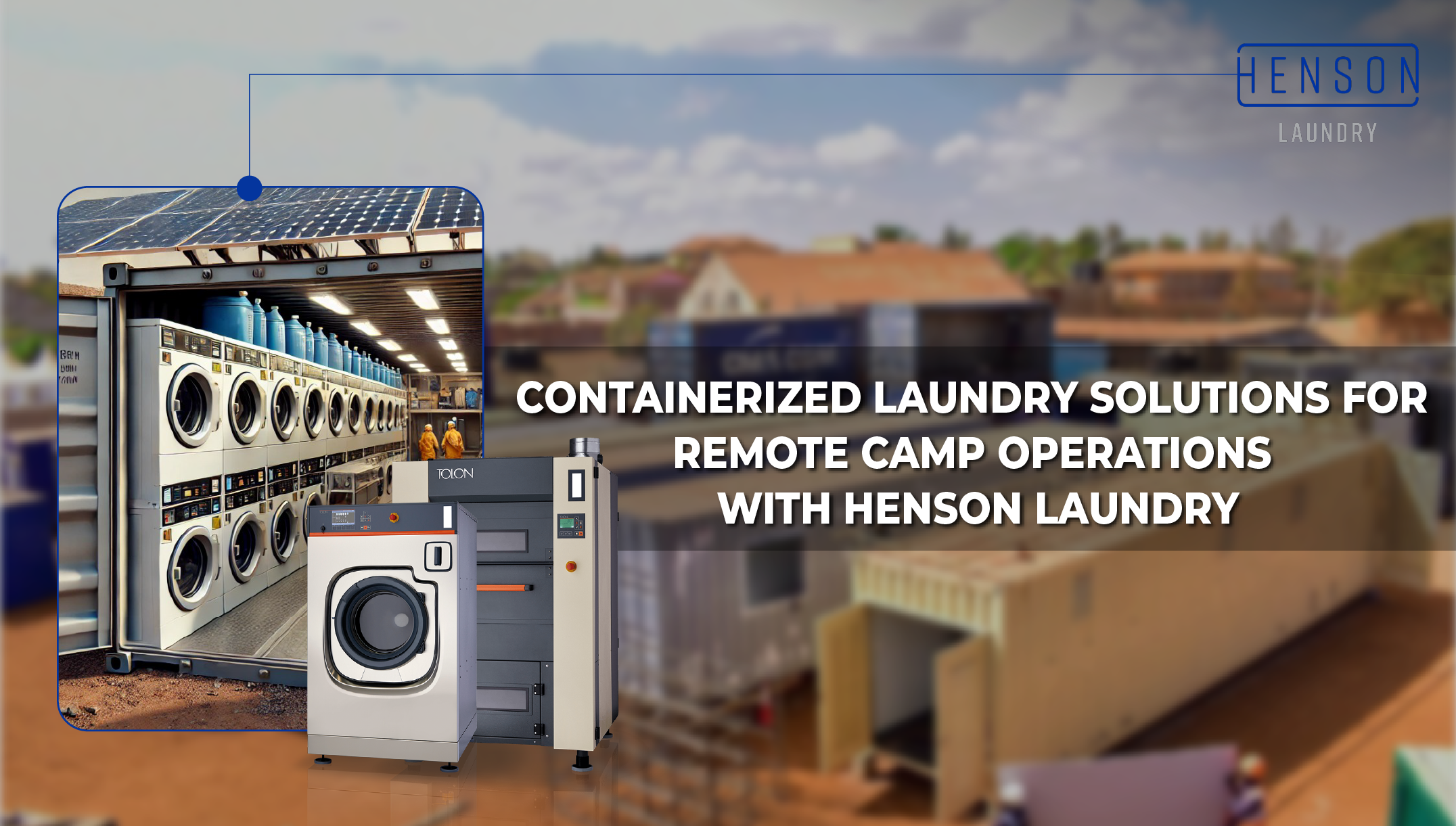To maintain progress with reducing infection rates, hospitals must continue to improve on their disinfection and cleaning procedures. The linens found in hospital rooms are breeding grounds for germs and bacteria, as shown in recent studies.
Patients often spend most of their time in bed when they are admitted. This means that they are surrounded almost all the time with hospital linen. From gowns to sheets, beds, blankets, and pillows patients have more contact with these items than anything else in a hospital environment.
It is for all these reasons that hospital linens should be properly cleaned, dried, and stored properly to avoid cross-contamination. By setting up a laundry facility within your health facility or hospital and using the right chemicals, water, temperature, and mechanical action are all essential to clean laundry but healthcare laundry should do more by using barrier machines to ensure that germs from soiled linen are kept away from the washed ones.
Privacy curtains are some of the linens common in patients’ rooms. They separate patients from each with high touch surfaces that provide a big area that could end up getting contaminated with dangerous bacteria, including methicillin-resistant Staphylococcus aureus (MRSA).
According to a recent study published in the American Journal of Infection Control, researchers tested curtains at an academic hospital. The curtains, made from a polyester-cotton blend, were replaced every time they became noticeably dirty. Each day, researchers tested the curtains to see if they picked up any germs.
Two weeks into the research, most of the curtains tested positive for the presence of MRSA, mostly in small amounts. During the third week, the levels of MRSA bacteria became larger than typically acceptable. This indicated that the curtains could play a significant role in spreading MRSA throughout hospitals.
Given these results, researchers suggested that facilities clean or replace privacy curtains at least every two weeks. However, this rarely happens, so hospitals need to be more proactive to keep potential infections at bay.
Even washing linens like curtains may not entirely kill all bacteria. As discussed in an article from Medscape, commercial washing machines didn’t fully remove traces of C. diff from hospital bed linens in one study. And in another, linens at 47% of cancer and transplant hospitals examined were contaminated with mold.
Guidance on washing linens
To help rid linens of bacteria, hospitals should be sure their washing process closely follows laundry guidelines from the Centers for Disease Control and Prevention (CDC). Per the agency, the laundry cycle should consist of a flush, the main wash, a bleach cycle, a rinse cycle, and a sourcing cycle.
Chlorine bleach is typically best for the bleach cycle, and souring helps neutralize the pH of the water, which can mitigate the harm of some bacteria.
Washing linens in hot water, at temperatures of at least 160 degrees Fahrenheit, helps get rid of many germs and contaminants. However, this can get expensive for hospitals, so the CDC also says that linens can be washed safely in colder temperatures, as long as the cycling of the washer, the amount and type of detergent used, and the amount of any additional laundry additives are closely monitored during the washing process.
Whether linens are washed in cold or hot water, they should be dried in a dryer at the appropriate temperature for the type of fabric. The drying process further kills germs, especially if linens are immediately ironed after they’re finished drying.
Then, clean linens should be folded and packaged carefully so they won’t be immediately recontaminated. They should also be carefully separated from any dirty linens as they’re being transported back to patients’ rooms.
Hospitals may want to explore other options for keeping linens free from germs, including investing in antimicrobial fabrics, or even linens infused with copper coupled with a properly equipped laundry room.
For inquiries on commercial laundry equipment for your health facility, please contact us on; 0706 606 072 or info@hensonlaundry.comVisit our showroom at Ananas Centre, Westlands.









